Common Interface in Samsung TVs: what is it, what is it for and how is it used?

Modern televisions are designed in such a way that a wide range of channels are available with minimal system and hardware resources. Connecting standalone tuners is an outdated system that has been replaced by compact, reliable and easy-to-use modules and signal translators... One example of such devices is Common Interface system in Samsung TVs... It is embodied in the form of an unusual slot on the back of the device. Its design is unlike any other design feature. Let's take a closer look at what it is, what this technology is for, what opportunities it opens up to the user and how it is used.
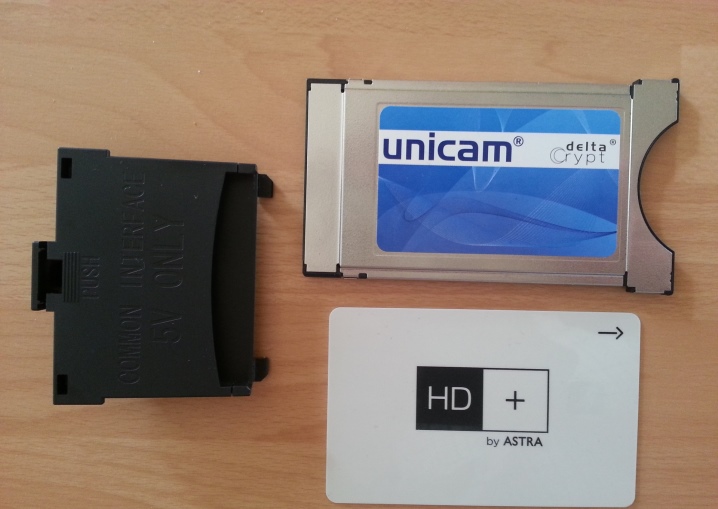
What is Common Interface?
The Common Interface system, which is also a "CI + module", is a special slot on the back of the TV. This interface consists of two important elements that determine the level of functionality of Samsung TVs.
- The first of two parts, without which the functioning of the system is impossible - this is the CAM-module. This element is inserted into the CI slot of the adapter. Without this detail, further connection of cards for decoding paid channels will be impossible. Usually an adapter module is included with the TV set. If the manufacturer has not taken care of this, then the module will have to be purchased separately.
- Second the element is a decoding electronic card. It needs to be inserted into the CAM module. This card stores information about the user, on the basis of which the right to view blocked channels is granted.
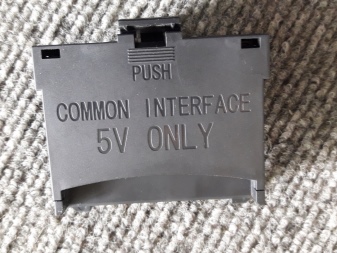
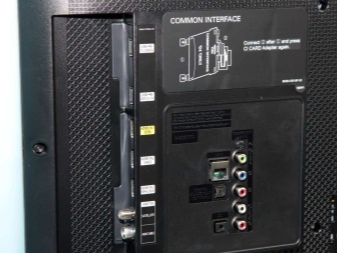
The decoder operates in a specific decoding system of the coding algorithm. This algorithm is set by the broadcast provider.
Interface task is to provide the technical capability for decoding and subsequent presentation of the signal in a specific format. The encoded pay signals are sent to the TV together with the key. Through the slot, this key is sent to the card. It provides a generated code that is sent to the tuner.
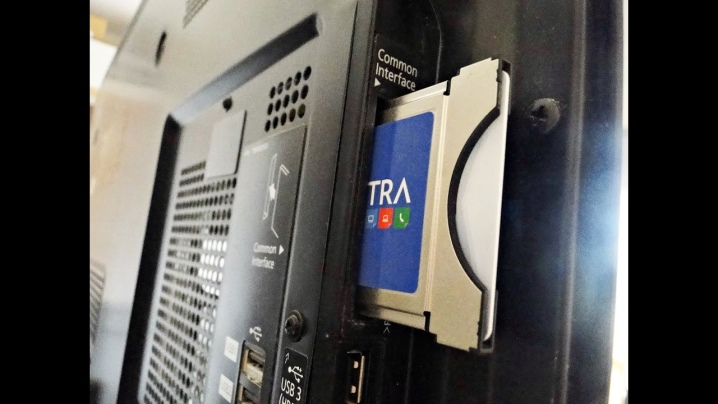
What is it used for?
Common Interface on Samsung TVs intended to integrate a module with an inserted card, which is provided by satellite TV operators. Thanks to this card, the user can watch the paid channels that go through the decoration procedure. Thus, the CI + module is a protection against illegal viewing of Pay TV channels. This module is designed for digital broadcasting, which is known to be of high quality.
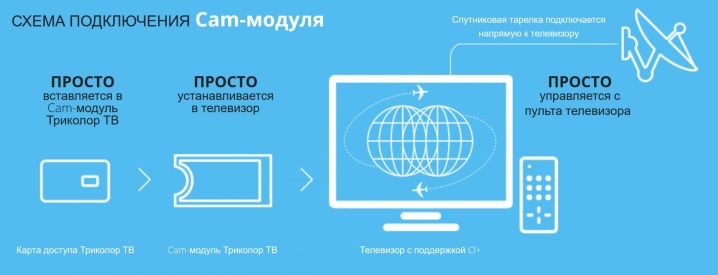
Important! Common Interface is often mistaken for a pay-channel decoding tool.
This opinion is incorrect because it is just an interface that enables card integration.
Owners of TVs with these slots can enjoy all the advantages of the interface, abandoning traditional receivers:
- it is worth noting the presence of only one control panel, which is already an important advantage. In the case of a receiver, the user has to use two remotes: from the TV and the receiver;
- the cost of a CI module is significantly lower when compared with a receiver, which, among other things, needs to allocate free space in front of the TV.
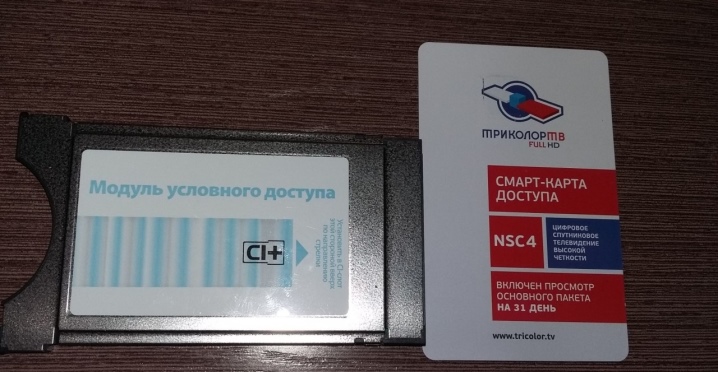
How to connect and configure?
If the CI module is a separate adapter that comes with the TV, then Common Interface is an integrated slot... The installation process for a card previously purchased through a telecommunications company must be carried out in accordance with the instructions, which we will study a little later. Most modules have information about the direction in which the integration is going. Before installation, the decoded channel information will be displayed on the screen. After installing the card, this inscription should disappear.
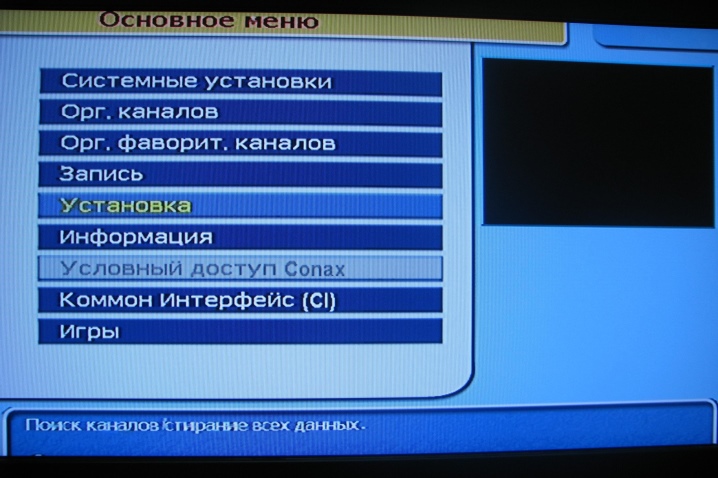
When you first install a CI module, the screen usually displays information about the telecommunications service provider and user data. Such changes on the TV screen will indicate the correct connection of the module and the card. Common Interface slots are sensitive to external damage and can be easily damaged if handled carelessly, so caution will not hurt. To connect this module and prepare it for further work, you must follow the simple instructions.
- We place the provider card into the adapter of the CAM module. It is usually purchased through an operator who provides television services. The card must be positioned with the contacts facing up if you are guided by the front side of the module.
- Now you need to integrate the adapter. To do this, you need to remove the protective sticker on the TV, under which the slot is located.
- We insert the CAM module into the corresponding slot. We fix it at three points. Two fixing holes are for the legs, and the third is needed to connect the pins.
- At this stage, you need to check the density of the connection, since any inaccuracy and backlash will cause problems with the quality of TV programs broadcasting.
- We connect the module with the card, inserting it all the way. It is important to check that the location is correct.
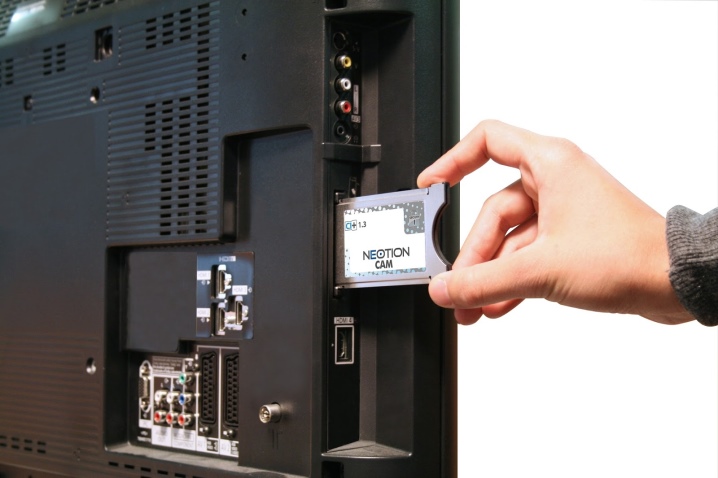
If everything is done correctly, then digital television should be connected. It remains to configure the TV according to the following instructions:
- setting is carried out in the section "General interface" - the entrance to this section will differ depending on the model and brand of the TV; in some cases, entry is made through the Broadcast menu; and also there are systems in which the entrance is carried out through the "System" menu;
- now you can go to channel settings - for this we enter the menu, select the “Settings” tab, and then - “Channels”;
- we select the autosearch function and remove the mark from the terrestrial channels, rearranging it to satellite or cable channels, focusing on the type of cable connected to the LNB;
- select one of the available search options and wait for the system to configure the blocked channels.
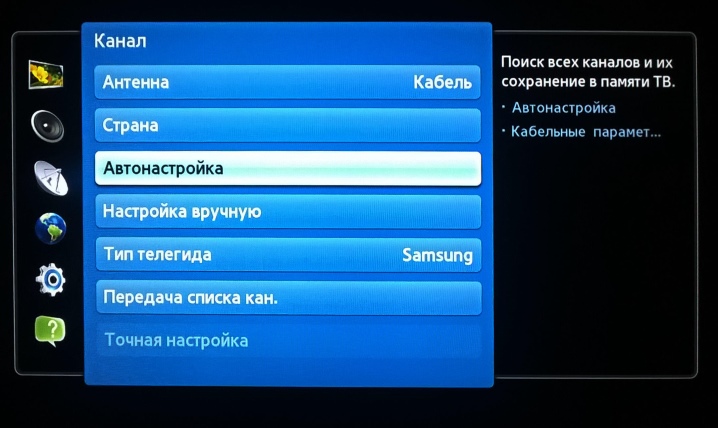
If everything was done correctly and there were no problems during the connection, then the "Common Interface" will be in an active state. Otherwise you will need to disconnect the TV from the power supply, reconnect the adapter and the module. In rare cases, the "Common Interface" can be in an active state, but the channels are in an encoded state. To solve a problem of this nature, you will have to re-tune channels... If you have a spare CAM, you can use it to perform the check. If none of this helped, then you will have to contact a company that provides broadcasting services.
What is a CI module and why is it needed, see below.













The comment was sent successfully.